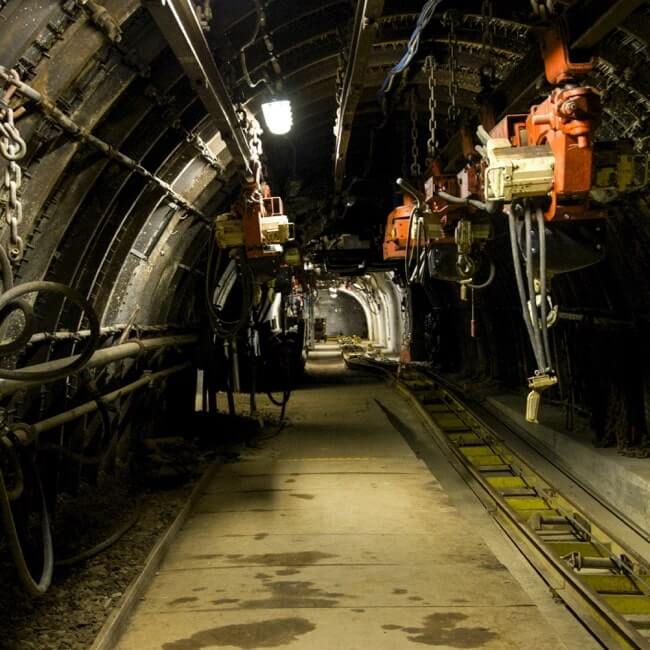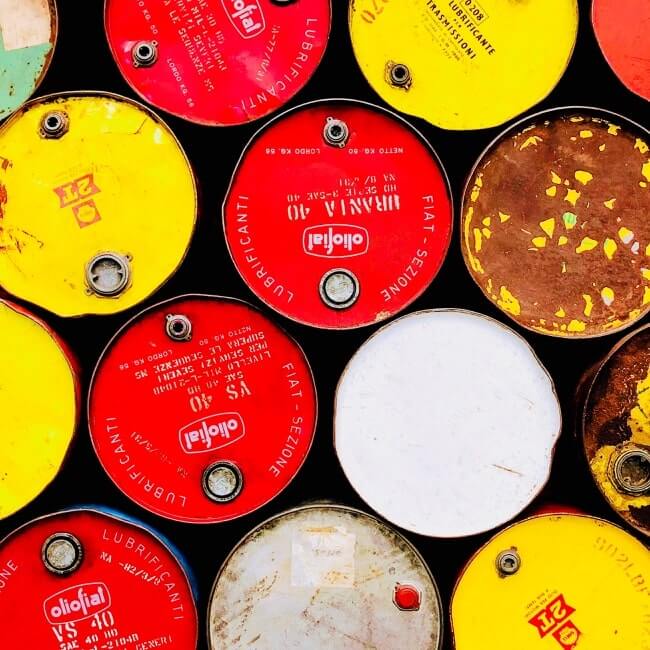IMF: Vale dam collapse helped metals prices rebound

The collapse of Brazilian mining conglomerate Vale's tailings dam in Brumadinho, Minas Gerais state, on January 25, will have ramifications for the whole iron ore industry, according to the International Monetary Fund (IMF).
In a report entitled "Global Prospects and Policies," the fund stated that the international iron ore industry could experience a prolonged halt of operations at some iron ore mines and a slowdown in new projects.
"Metal prices increased 7.6 percent between August 2018 and February 2019. By the end of 2018, the IMF annual base metals price index had reached its lowest point in 16 months due to weakening growth, notably in China, and global trade tensions," the report said.
"However, metal prices rebounded since then, driven by the expectation of fiscal stimulus in China and improved global market sentiment - coupled with a sharp increase in iron ore prices due to the Brumadinho dam disaster."
According to the IMF, prices of benchmark-type iron ore in the seaborne market rose 28.8% between August 2018 and February 2019.
The move, the fund said, comes amid supply disruptions from the world's top iron ore miners, including a derailment of a BHP iron ore train on November 5, a fire at a Rio Tinto's export terminal on January 10 and the disastrous Vale dam collapse.
OTHER METALS
The IMF report shows that copper prices increased 4.1% during August 2018 and February 2019 on US-China trade optimism and market deficits for both concentrate and refined copper.
Prices of aluminum dropped 9.2%, "following the lifting of US sanctions on the giant Russian aluminum producer Rusal and improved prospects for removal of the production embargo by the Brazilian federal government on Norsk Hydro's Alunorte (the world's largest alumina refinery) in the second half of 2019," the IMF said.
Nickel prices declined 5.4% in the period "on stronger-than-expected production from Indonesia and the Philippines."
According to the report, the fund's annual base metal price index is projected to grow 2.4% year-on-year in 2019 and then suffer a 2.2% drop in 2020.
"Upside risks to the outlook are higher-than-expected metals demand from China and supply shortages as a result of more stringent environmental regulations in major metal-producing countries."
"Downside risks stem from a faster moderation in global economic growth and a further slowdown of the Chinese economy (the biggest world metal consumer)," the report read.
Subscribe to the leading business intelligence platform in Latin America with different tools for Providers, Contractors, Operators, Government, Legal, Financial and Insurance industries.
News in: Mining & Metals (Brazil)

Brazil’s Bradesco betting big on water, mining, electricity
BNamericas talks to Fernando Guimarães, project finance head at Bradesco BBI, about the auspicious scenario and recent developments.

Brazilian mining association to represent firms in legal action against state taxes
"This was a very important victory in the supreme court," Ibram president Raul Jungmann said in a statement.
Subscribe to Latin America’s most trusted business intelligence platform.
Other projects in: Mining & Metals (Brazil)
Get critical information about thousands of Mining & Metals projects in Latin America: what stages they're in, capex, related companies, contacts and more.
- Project: Serrita
- Current stage:

- Updated:
3 months ago
- Project: Paracatu
- Current stage:

- Updated:
3 months ago
- Project: Tailings Filtering Plant (Minas - Rio System)
- Current stage:

- Updated:
3 months ago
- Project: Manga
- Current stage:

- Updated:
3 months ago
- Project: PCH Ionic Clay Project
- Current stage:

- Updated:
3 months ago
- Project: Bauxite Tailings Plant
- Current stage:

- Updated:
2 months ago
- Project: Serra da Estrela
- Current stage:

- Updated:
4 months ago
- Project: Araxá
- Current stage:

- Updated:
4 months ago
- Project: Tiros
- Current stage:

- Updated:
4 months ago
- Project: Bonsucesso
- Current stage:

- Updated:
4 months ago
Other companies in: Mining & Metals (Brazil)
Get critical information about thousands of Mining & Metals companies in Latin America: their projects, contacts, shareholders, related news and more.
- Company: Infotec Brasil Consultoria E Planejamento Ltda. (Infotec Brasil)
-
The description contained in this profile was taken directly from an official source and has not been edited or modified by BNamericas researchers, but may have been automatical...
- Company: Fomentas Participações Ltda. (Fomentas Mining Company)
-
The description contained in this profile was taken directly from an official source and has not been edited or modified by BNamericas researchers, but may have been automatical...
- Company: Águia Fertilizantes S.A. (Aguia Resources no Brasil)
-
The description contained in this profile was taken directly from an official source and has not been edited or modified by BNamericas researchers, but may have been automatical...
- Company: Construtora e Incorporadora Nazaré Ltda. (Nazaré)
-
The description contained in this profile was taken directly from an official source and has not been edited or modified by BNamericas researchers, but may have been automatical...
- Company: Lipari Mineração Ltda. (Lipari)
-
Lipari Mineração is a Brazilian mining company focused on the development of its wholly-owned Braúna open-pit diamond project, in Bahia state. The project is South America's fir...
- Company: MIP Engenharia S.A. (MIP Engenharia)
- Company: Mineração Terras Raras S.A. (Mineração Terras Raras)
-
The description contained in this profile was taken directly from an official source and has not been edited or modified by BNamericas researchers, but may have been automatical...
- Company: Atlântica Minas Empreendimentos, Participações e Mineração Ltda. (Atlântica Minas)
-
The description contained in this profile was taken directly from an official source and has not been edited or modified by BNamericas researchers, but may have been automatical...
- Company: Grupo Minas Gusa
-
The description contained in this profile was taken directly from an official source and has not been edited or modified by BNamericas researchers, but may have been automatical...





